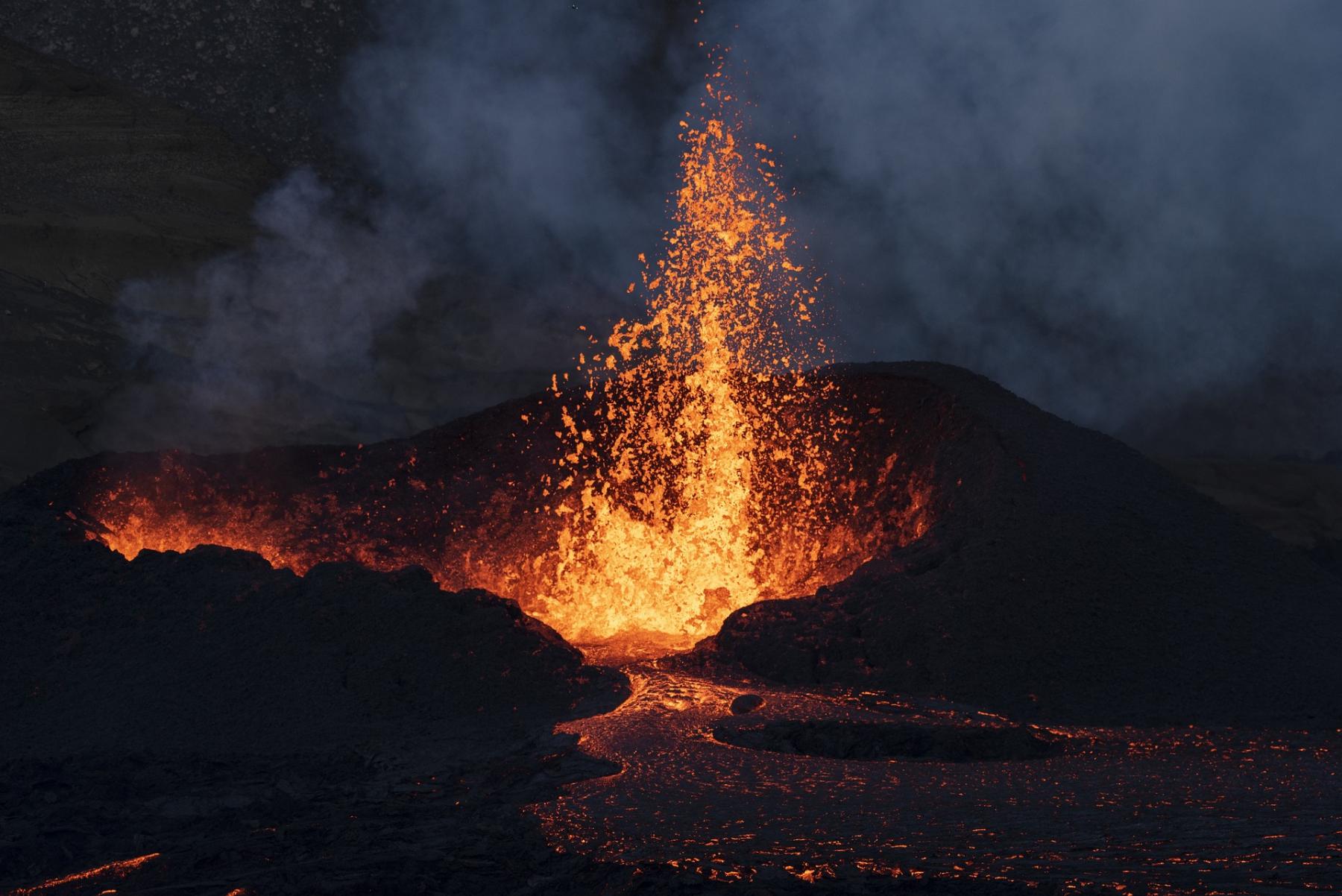
Volcanoes: Studying Viscosity of Lava & Magma and how it relates to The San Francisco Volcanic Field
by Carrie Jenkins
This lesson allows students to explore why volcanoes are shaped differently and why they erupt differently. Students will investigate viscosity, silica content of igneous rock samples, and perform volcanic eruptions to understand the formation of the San Francisco Volcanic Field in Northern Arizona.
Lesson Plan Link/URL
https://docs.google.com/presentation/d/1k4VpHZcxw2O4eb0hOjTePhqKZtza8hnY/edit?u…Subject Area
Science Earth and Space Science E1: Earth Systems Mathematics Measurement and Data (MD) The Number System (NS) English Language Arts (ELA) Reading (Informational Text)
Featured
Off
Related Content

Grades:
6th Grade, 7th Grade, 8th Grade
For this lesson, students will be using the LEGO Spike Prime Kits and LEGO Mindstorm software. Students will write programs using the Color Sensor to make the Driving Base autonomous. A variety of

Grades:
7th Grade, 8th Grade, 9th Grade, 10th Grade, 11th Grade, 12th Grade
Want to incorporate the Arts into your 7-12 STEM classroom? The Global Science Opera provides a way to do just that! Learn how to facilitate a STEAM collaboration with arts teachers to make it happen.

Grades:
7th Grade, 8th Grade, 9th Grade, 10th Grade, 11th Grade, 12th Grade
Students will combine science and art by using an alternative photographic process called cyanotypes or sun prints. After a short introduction to the history of cyanotypes and the process of creating